Date Issued
Report Number
2018-43-022
Report Type
Audit
Special Emphasis
Affordable Care Act (ACA)
Joint Report
Yes
Participating OIG
Treasury Inspector General for Tax Administration
Agency Wide
Yes (agency-wide)
Questioned Costs
$0
Funds for Better Use
$0
Recommendations
The Commissioner, Small Business/Self-Employed Division, should ensure that the data used to identify Applicable Large Employers potentially liable for the Employer Shared Responsibility Payment are complete, and refine the business rules to use the most current and correct Form 1094-C data when identifying potentially liable Applicable Large Employers.
The Commissioner, Small Business/Self-Employed Division, should ensure needed enhancements are made to the SCRIPS system so that it accurately captures Forms 1094-C and 1095-C data during scanning.
The Commissioner, Small Business/Self-Employed Division, should improve the mail sorting process and provide additional training and guidance to employees to ensure that related paper Forms 1094 and Forms 1095 remain together during processing.
The Commissioner, Small Business/Self-Employed Division, should research the 83 taxpayers TIGTA identified and contact them, if necessary, to resolve the credit balance and ensure that these payments were not posted as Employer Shared Responsibility Payments in error.
The Commissioner, Small Business/Self-Employed Division, and the Commissioner, Wage and Investment Division, should work with the Chief Information Officer to develop a Service-wide Taxpayer Identification Number (TIN) validation strategy to reduce the number of TIN validation systems and programs to streamline and consolidate TIN validation efforts.

